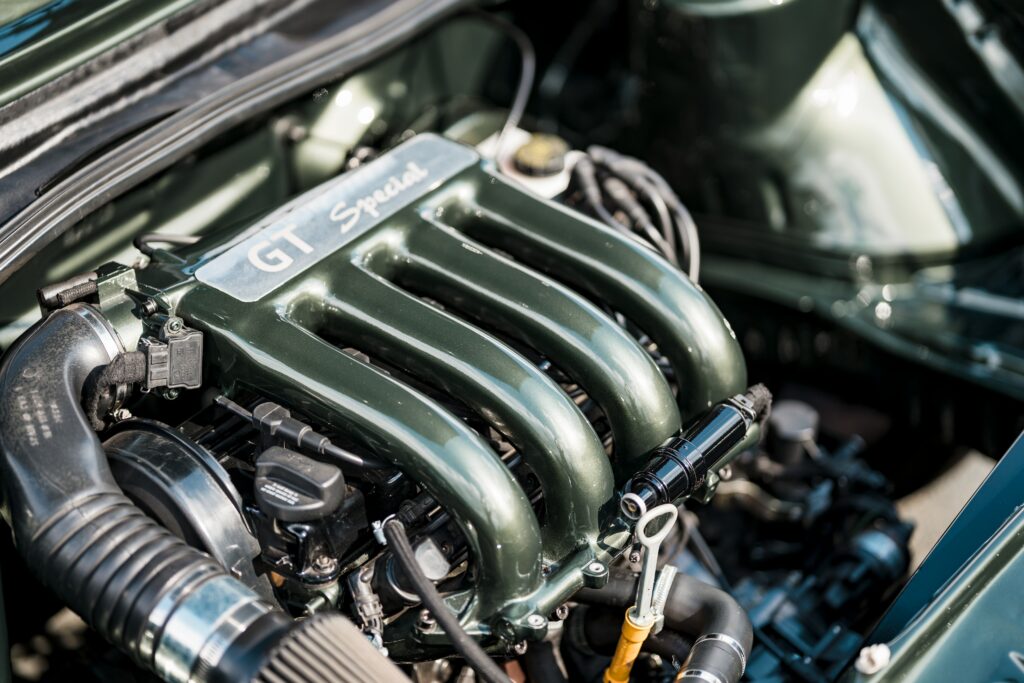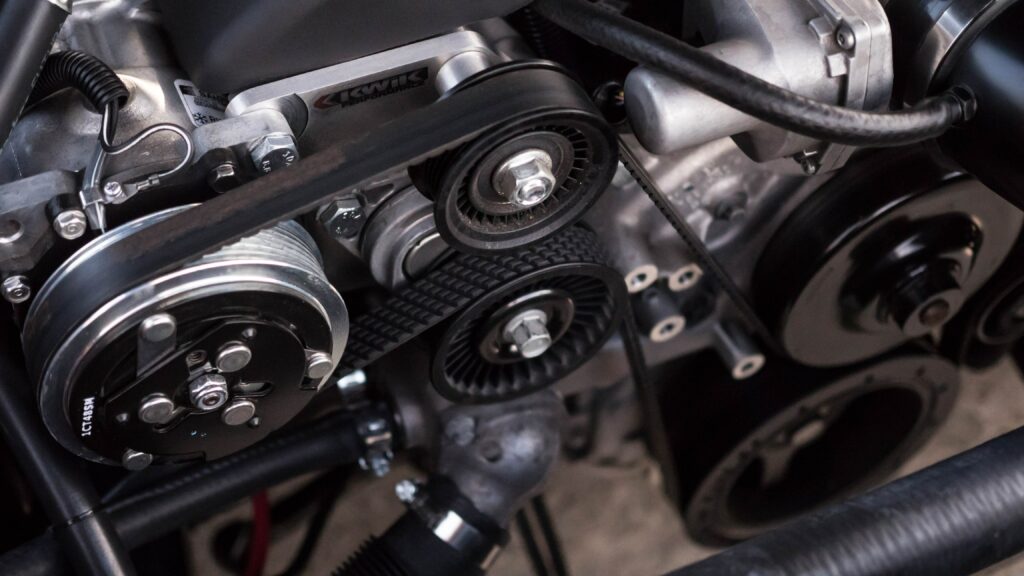Buying a car is an important milestone for many. In fact, you just like myself can attest to so many relatives and friends working hours to save money just for a car. In fact, so many take car loans just to fulfil this dream which means it’s such a big thing in our lives today. But one thing that needs to be emphasized so much is that buying a car is actually the easier bit. Real work is in car maintenance where regular inspection, checks and replacement of worn out auto parts should happen. Veteran drivers will tell you that car ownership, especially for private use counts as an expense that requires careful planning. It may gobble so much money in a single year, especially if it happens to be a faulty used car. To save yourself from unending visits to the mechanic, it is advisable to learn Important self Inspection and maintenance practices on your car. We here share the nuggets with you at length.
Vehicle maintenance and inspection is essential if you want to keep your car in good running order. However, regular inspection and maintenance also mean extra costs on top of car insurance. Luckily, there are a few tips for self-inspection and maintenance that you can apply to lower the costs.
There are parts of your vehicle that you must check regularly to maximize its performance and life. It’s also important to keep up with your car’s maintenance schedule and service record to avoid major issues. When it comes to self-maintenance and inspection, the main challenge could be knowing what needs to be done and how often. Here are a few tips to keep your car in top-running condition.
Regularly Check the Oil and Coolant Levels
The first step to self-inspection and maintenance is checking the oil and coolant levels. You should always do this before you embark on any long trip. Likewise, you could do it on a monthly basis or every few gas fill-ups. Just get under the hood when the engine is cool and check the oil and coolant levels! This will protect your car from engine issues that stem from low oil and coolant levels. Your car’s manual can come in handy if you are not sure how to go about it.

Inspect the Air Filter
Fuel efficiency is necessary in this economy that is characterized by ever-rising fuel costs. Checking your vehicle’s air filter can help you achieve this since it regulates airflow into the engine. It also ensures that debris or particulates remain out leading to lower emissions and keeping your engine in good condition. Consequently, it will enhance the performance of the car and improve engine life. Luckily, the manual contains specific instructions for changing and how often it should be changed.
Check your Tire Pressure and Tread Depth
The key to a safe and fuel efficient car lies in the maintenance of its tires. This is why you should always check your tires. If not, then you can set a schedule for checking the pressure in the tires. For instance, you can check before taking a long trip or whenever you are carrying extra luggage. You should also ensure that you have a spare tire and that it’s in equally good condition.
To effectively check your tire pressure, you should use a tire pressure gauge. Checking tire pressure is especially necessary if you live in a cold region or during colder seasons. Keep in mind that tire pressure drops one pound with every 10 degree pressure decrease. Refer to the car’s manual for instructions. The tread depth can be inspected through the simple penny method.
Inspect Headlights, Turn Signals, Brake, and Parking Lights
Vehicle lights are high on the list of items that are often overlooked during car inspections and maintenance. However, it’s essential for road safety purposes so check them every now and then to ensure they are in good condition. For instance, once in a while you can turn the headlights on and off to see if both headlights are working properly and well-positioned. However, remember to do this when you’re parked on a flat surface. Subsequently, check the turn signals as well as the parking lights. You can do this with the help of a friend or family member.
Inspect the Motor Oil and Filter
You probably know that the health and performance of a car’s engine depends on whether or not you keep your motor oil clean. Keep in mind that motor oil lubricates your car’s moving parts, while also acting as a sealant against debris. It also ensures that the engine cools and reduces wear and tear. Motor oil maintains the performance of the engine by preventing engine corrosion. You should check the manual to see how often you need to change the oil and filter since it differs from one car to another.

Check your Transmission Fluid
The transmission fluid plays almost the same role as motor oil except it focuses on keeping the car’s transmission functional. You should check it regularly and change it when necessary to avoid costly repairs. Thankfully, you can find information on how often to do it in the manual.
Transfer Case Fluid
The transfer case fluid focuses on shifting power from the transmission axles in four-wheel or all-wheel drive vehicles. Check it often to ensure that there are no leaks and that it’s filled properly. However, you are probably better off asking a professional to do it since it requires
Rotate Your Car’s Tires
By now you know that your car’s tires are essential not only to maintain the vehicle but also to keep it safe. The alignment of your vehicle, usage in conjunction with other factors, will determine the tread wear patterns on your tires. The patterns will also differ depending on whether it’s the front or back tires. It might also be different depending on the side of the tread. Your best bet is to rotate your tires to evenly balance the tread wear on your tires, making them last longer. Besides, it will also be a good step for preventing noise and vibration problems.
Serpentine Belt
Check the serpentine belt regularly for any cracks or general wear and tear. Remember that it keeps the vehicle running by powering peripheral devices such as your alternator, power steering pump, and air conditioner compressor. So, it’s necessary to replace it whenever needed and based on your car manufacturer’s recommendation.

